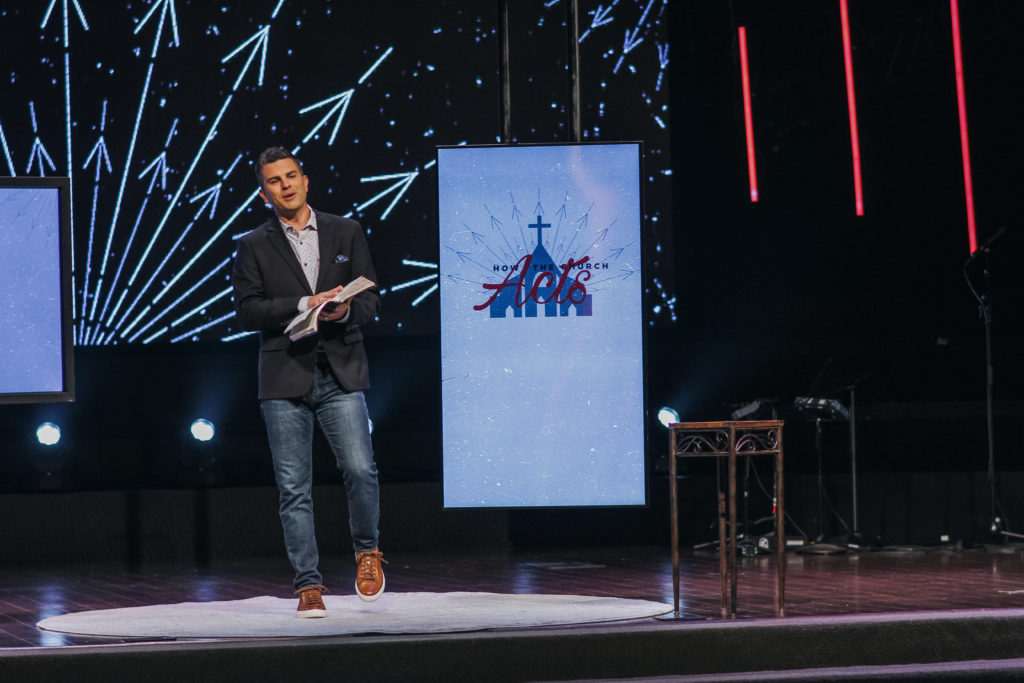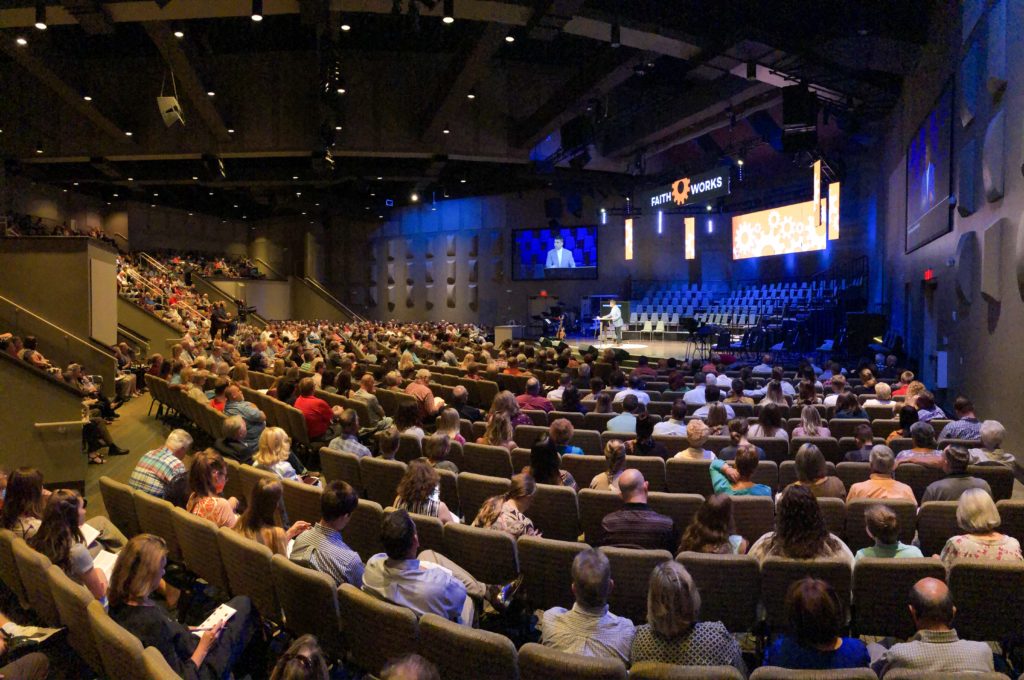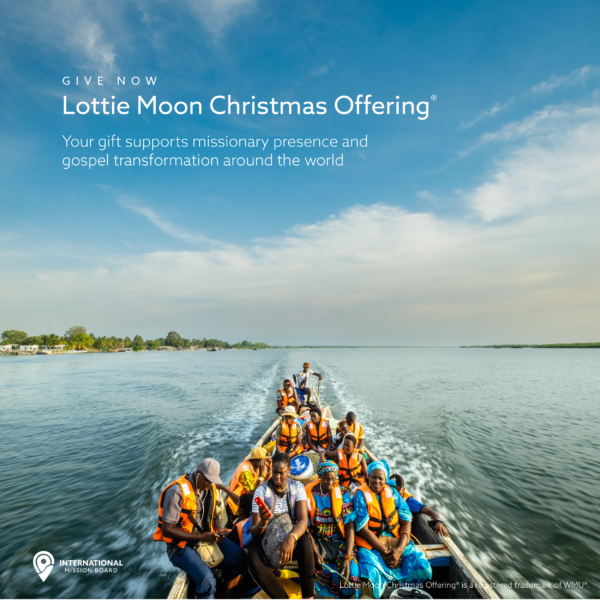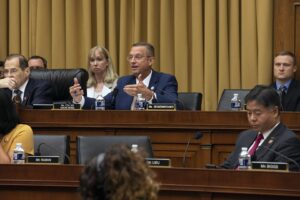
The Cooperative Program (CP) has caught on with Iowa Baptists – to say the least.
Since 2014, total CP giving through the Baptist Convention of Iowa has doubled from $500,000 to $1 million. Over the same period, the state convention has increased the percentage of receipts it forwards to SBC causes from 20 percent to 60 percent. Tim Lubinus, the state convention’s executive director, said the sacrifice seems to have spurred on the state’s cooperating churches.
“People are more generous around generous people,” he said. “We’re just relentless in trying to find new ways to serve and new ways to lower expenses so we can allow more funds to go through the Cooperative Program.”
Individuals and churches across the SBC will have to cultivate similar cultures of generosity if the Convention is to achieve the fifth proposed Vision 2025 goal: increase CP giving in successive years and surpass $500 million for the yearly total.
CP is the SBC’s unified channel for funding missions and ministries. Under the CP giving model, each Southern Baptist church decides on a percentage of its undesignated receipts to forward to its Baptist state convention. Each state convention, in turn, determines what percentage of its CP receipts to retain for in-state ministries and what percentage to forward to SBC causes. The SBC portion funds the ministries of the six Convention seminaries and four entities (the International Mission Board, the North American Mission Board, the Ethics & Religious Liberty Commission and the Executive Committee).
The Vision 2025 goal, which will be presented to messengers at the 2021 SBC Annual Meeting in June, focuses on total CP giving from churches through their state conventions. Attaining the $500 million mark would mean reversing a 12-year decline in CP receipts and increasing gifts by $38 million (8.2 percent) from 2018-19 levels.
State and national CP leaders are asking if enough churches can catch the vision of sacrifice to reach $500 million.
One church to catch the vision is First Baptist Church of Cleveland, Tenn. When Pastor Jordan Easley arrived in 2018, the congregation already was giving $300,000 annually through CP. Since then, they have increased that amount 37 percent, with plans for more increases. Easley said many church members may not know the term Cooperative Program, but they get excited when leaders talk about working with other churches for international missions, church planting and other Great Commission ministries.

“Our people buy into big vision, and our people understand collaboration,” he said, adding: First Baptist is “not a Cooperative Program church. We’re a Great Commission church. The Cooperative Program just happens to be the best vehicle for us as a church to accomplish the Great Commission in our day.”
When Easley, who has served as an International Mission Board (IMB) trustee, tells stories about missionaries taking the Gospel to the nations, church members want to give to the IMB. That provides Easley an opportunity to explain how every tithe supports the IMB as First Baptist forwards a portion through CP.
Similarly, as people came to Christ through Who’s Your One – an evangelistic campaign led by SBC President J. D. Greear and the North American Mission Board (NAMB) – a church member was inspired and asked how he could give to Who’s Your One.
“I said, ‘Give through the local church,’” Easley said. “Then I went on to explain that when you give to the local church, we give to these different entities that are funding ministry around the world.”
Willie McLaurin of the SBC Executive Committee is encouraged by the sacrificial giving of churches like First Baptist. Along with other EC leaders, he is developing strategies to help congregations do more through CP. Those strategies include a focus on biblical stewardship to encourage generous giving by individual believers to their churches.
“The average person that gives to their local church gives less than 2 percent of their discretionary funds,” said McLaurin, the EC’s vice president for Great Commission relations and mobilization. “So, we’ve got to go back to the basics” of “biblical stewardship in the local church, because when the people in the pew begin to trust God in terms of how they give,” CP will receive a boost.
Under the Vision 2025 emphasis, churches that already give through CP will receive encouragement from the EC to give more. (The average Southern Baptist church currently gives 4.82 percent of its undesignated receipts, down from 5.56 percent in 2010 and 8.13 percent in 2000.) The 19,000 Southern Baptist churches not currently supporting CP will be urged to give something.
Additionally, “we’re going to continue to say thanks to churches that are already giving,” McLaurin said. “We’ve got a lot of churches that are faithfully, sacrificially giving.”
If the strategies work according to plan, CP will eclipse $500 million on its 100th birthday in 2025 – a fitting birthday celebration, McLaurin said, for “the glue that holds the SBC together” and “helps us stick to the Great Commission.”
In Iowa, Lubinus sees three primary factors behind the doubling of CP receipts: receiving more funds from existing churches that caught the vision of joint missions support, planting churches that give sacrificially, and drawing new church affiliations to the convention. Those factors align with other Vision 2025 goals, which call for more missionary sending, more church planting, and new church affiliations.
Ronnie Floyd, the EC’s president and CEO, has underscored the confluence of goals, telling Southern Baptists more CP giving is part and parcel of the entire Vision 2025 package.
“In order for us to accomplish this grand task,” Floyd wrote in a commentary for Baptist Press, “we must have all hands on deck – Southern Baptist pastors and churches from the smallest membership churches to our largest membership churches.”















